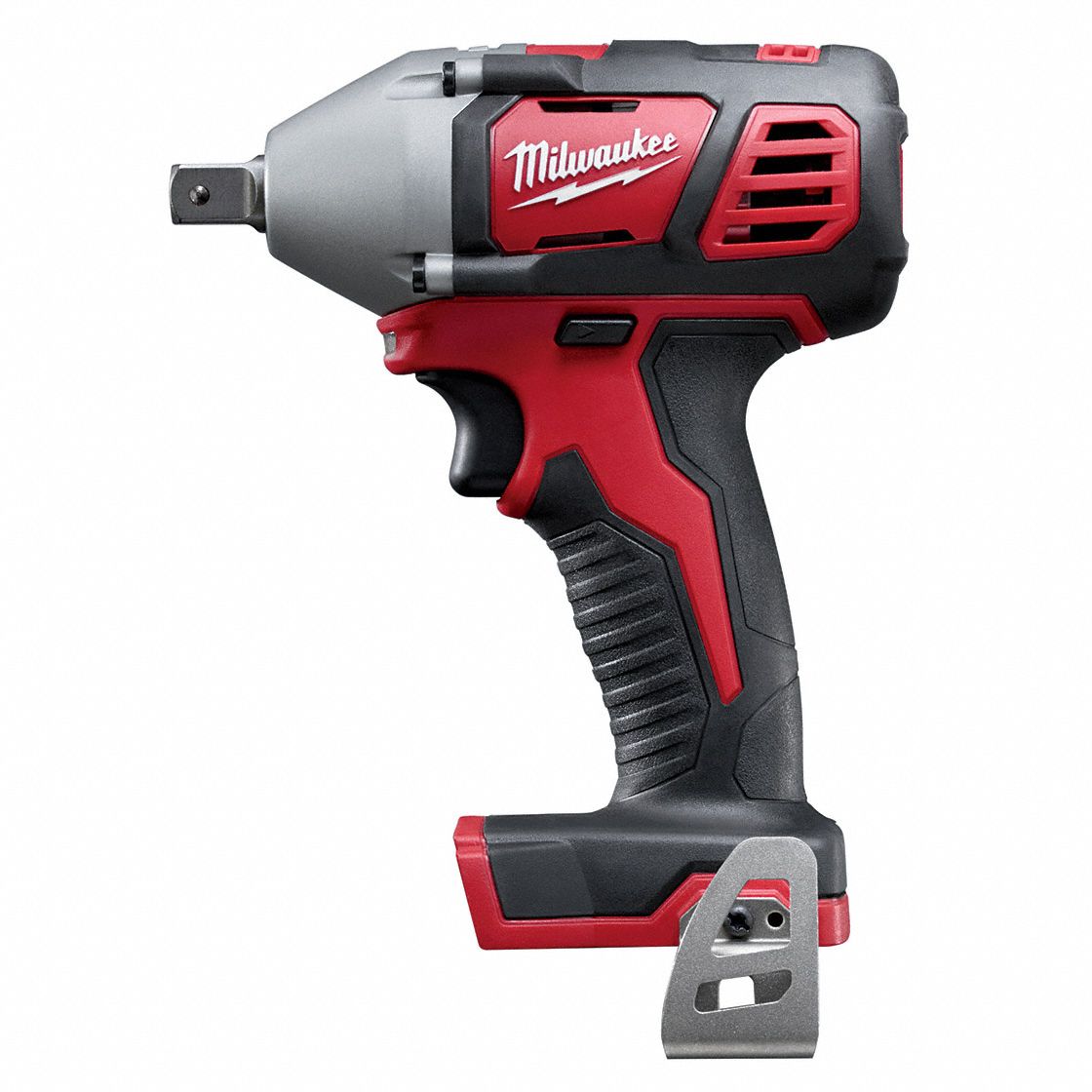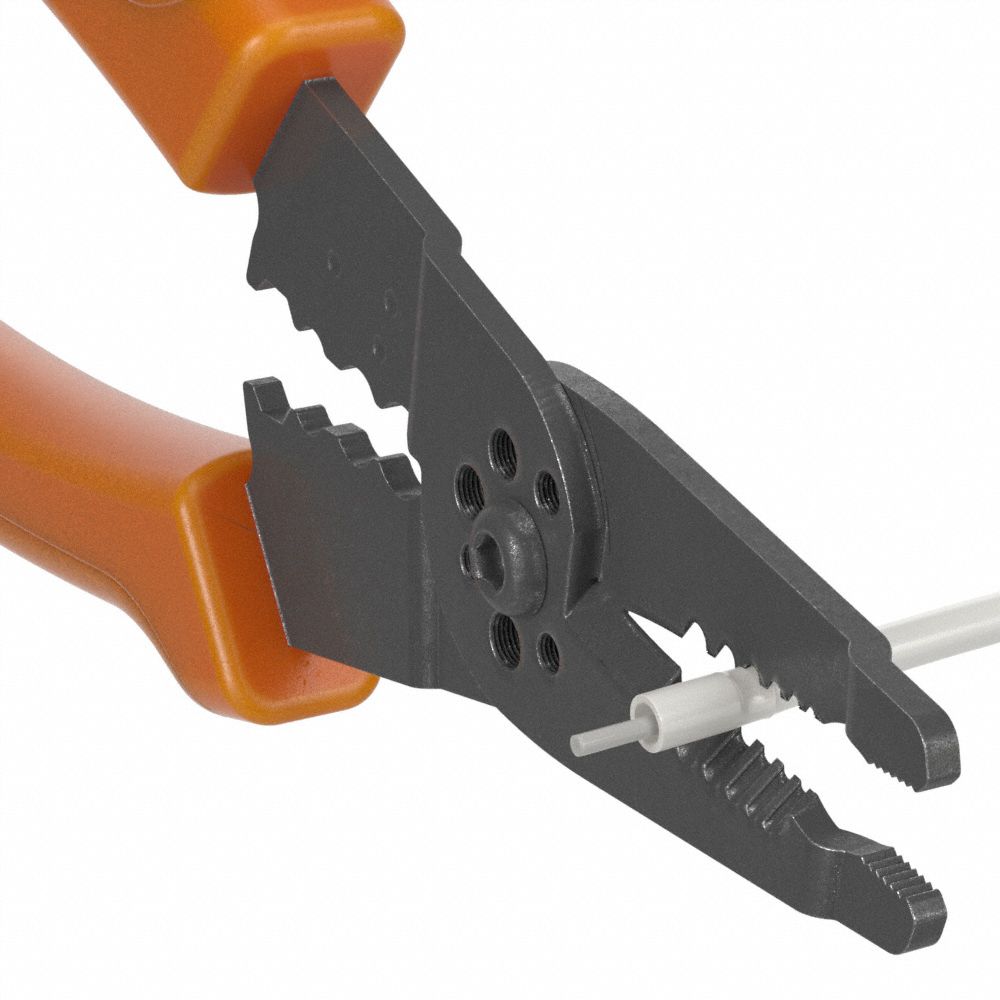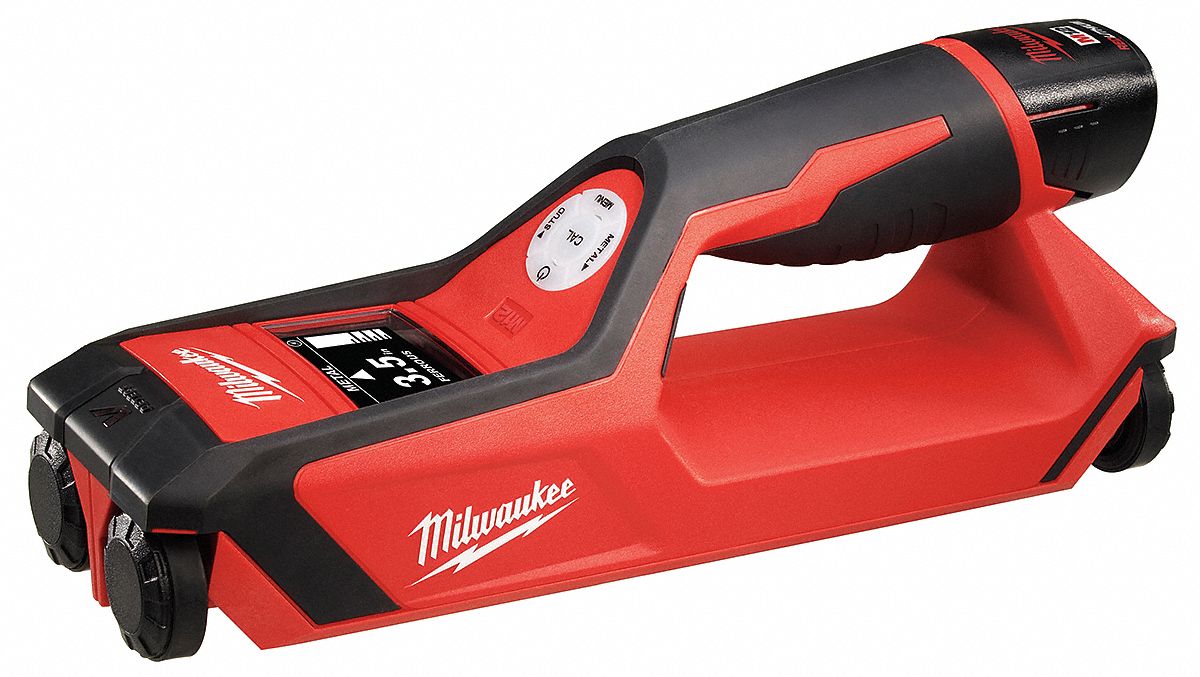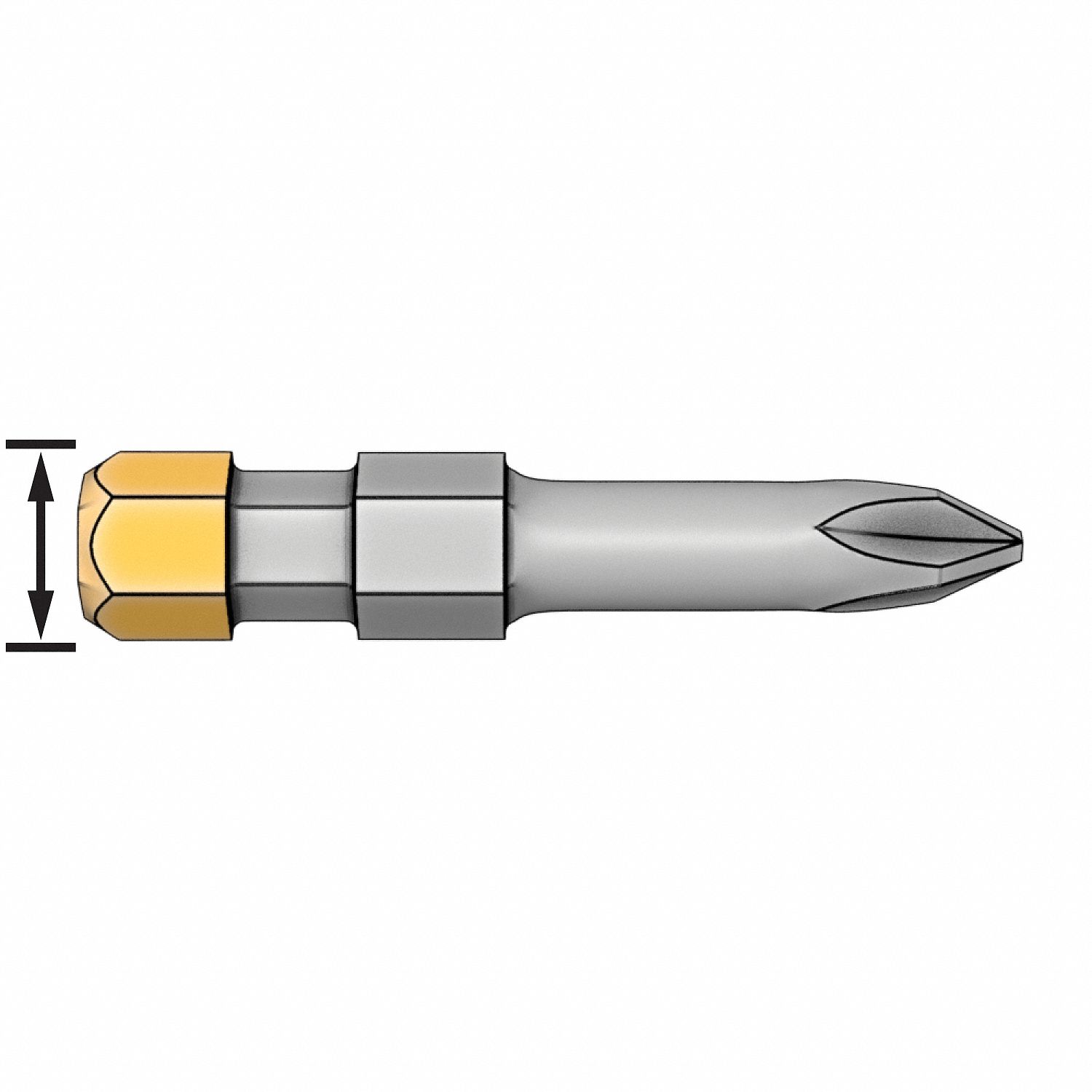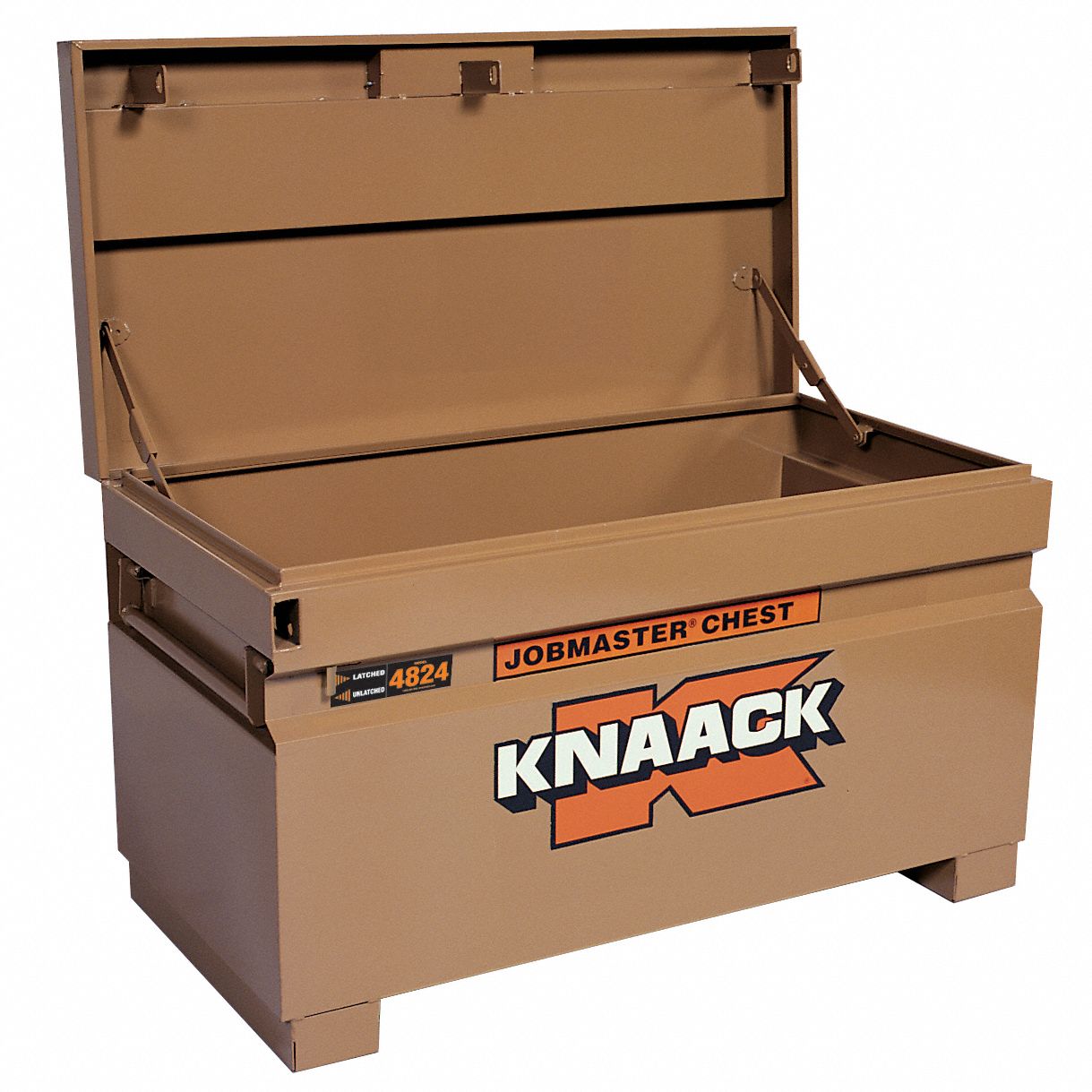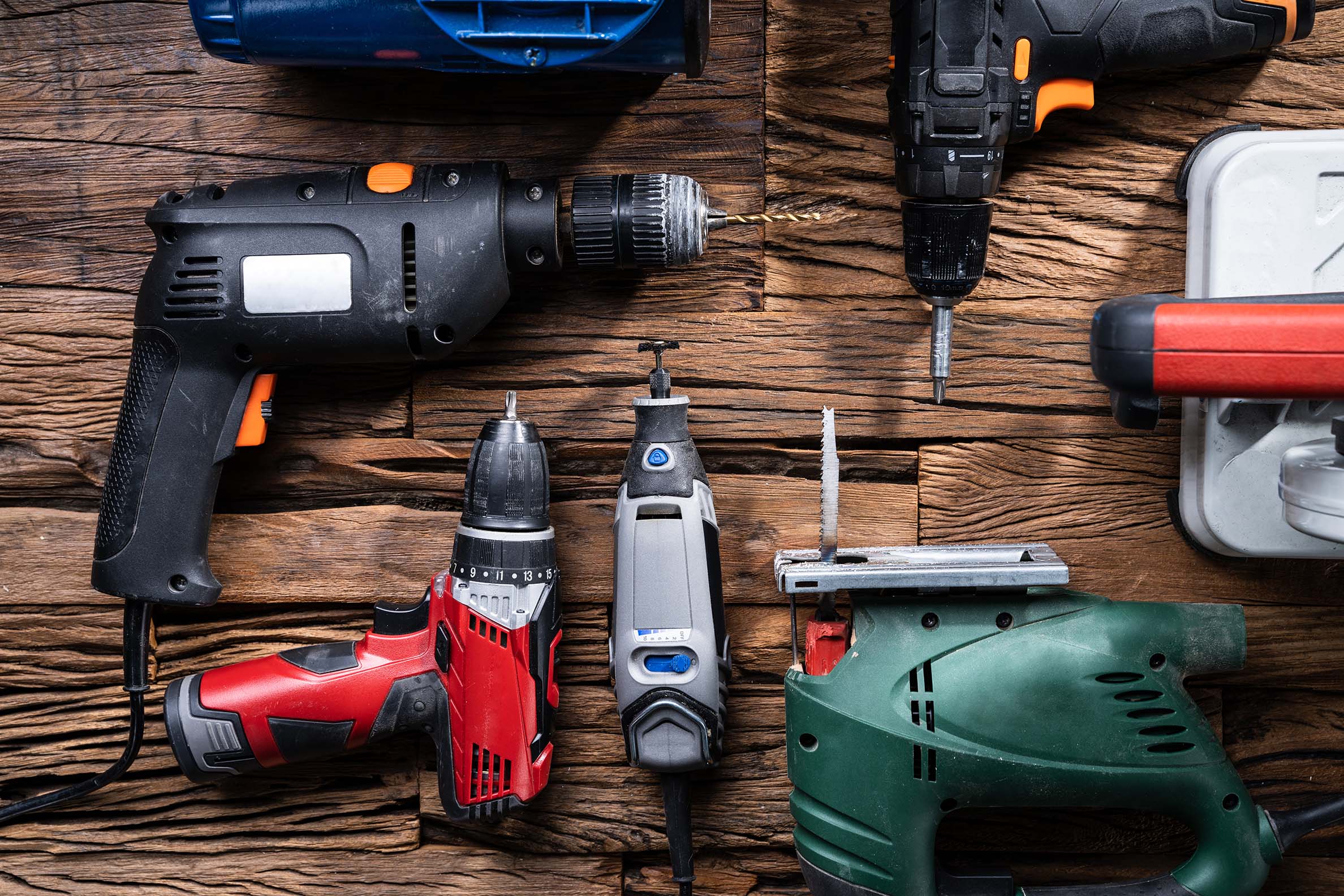

Power Drill Buying Guide & Their Uses
By Grainger Editorial Staff 8/31/17


Picking out a power drill is a bit like finding a new smartphone. You’d better take some time to find the right one for your needs, because you’re going to be using it. A lot. Hands down, power drills are the most popular power tool on the planet and an absolute essential for any toolbox.
How do I choose a power drill?
First, you need to determine if a corded or cordless model is better for your needs. Second, you need to consider what types of projects or applications you'll be using your power drill for.
Cordless Power Drills
There was a time in the not-so-distant past when cordless drills were bulky and cumbersome, and boasted a battery life of around 5 minutes. Not so today. Thanks to technological advances, manufacturers are making cordless power drill models that are lightweight, safe and long-lasting. You can pop in a battery, tote them anywhere and knock out a job in no time. However, in terms of raw power and torque, most cordless drills have yet to catch up to their corded cousins. If you want portability and convenience, but you plan to use it a lot, we recommend getting a second battery or investing in a cordless drill with a quick-charge function.
Corded Power Drills
For heavy-duty jobs, there’s still nothing like a corded power drill. They are lighter. They have more power. They have more torque. And, they won’t run out on you halfway through the job. Also, corded drills often offer more bells and whistles than your average cordless model. If you’re using your drill every day, or you drill in things like masonry, a corded power drill is a must-have.
What About Power Sources?
Most cordless drills these days come equipped with a lithium ion (Li-Ion) battery. That’s because they’re lightweight; they hold a ton of power and they don’t lose capacity over time.
Nickel-Cadmium (NiCad) batteries are usually less expensive than Li-Ion, plus they boast a relatively long life cycle and a resistance to heat and impact. NiCad batteries do suffer from a “memory effect,” meaning they can lose their capacity with subsequent uses. However, you can get around this by draining the battery completely before recharging.
For cordless power drills, it’s simple—the higher the voltage, the more drilling power you’ll get. Keep in mind that a higher voltage typically means a heavier battery, and that a heavier battery doesn’t always equate to longer life.
When it comes to corded power drill models, wattage is the thing. The more wattage your new toy has, the more power it’ll deliver and the longer it’ll last before overheating, meaning less wear and tear over time.
As you go up in power, you’ll also go up in price. So, you may want to balance your need for power with your budget to find a happy medium.
Types of Power Drills
Impact Drivers
Impact drivers may look like a common type of power drill, but they can give you up to three times the torque thanks to an internal power-train system. Inside, a spring-loaded hammer strikes up to 3,200 blows per minute against the sides of an anvil, which turns the hex chuck to deliver incredible fastening power. Look for impact drivers with high torque ratings, and opt for extras like variable-speed triggers, soft grips and built-in LED lights for increased versatility.
Air Drills
Air drills use compressed air instead of electricity to produce contractor-grade power. Compared to electric tools, air tools are typically cheaper, smaller and lighter, while still delivering the same (or even higher) power. However, air drills require air compressors, which are heavy, noisy and often pricey.
Rotary Hammers
Rotary hammers boast an internal piston that provides a pounding action in addition to the rotation, which can be especially useful for drilling stone, masonry or concrete.
Impact Wrenches
Impact wrenches are heavy-duty, incredibly versatile fastening devices that are used in applications like automotive repair, construction, equipment maintenance and product assembly. They offer a good amount of torque and come in both corded and cordless varieties and in a range of voltages, RPMs and sizes.
Right Angle Drills
Right angle drills have a chuck mounted at a 90-degree angle and are typically small enough to give you access to hard-to-reach areas. Right angle power drills are available in both corded and cordless models.
Find the Right Chuck Size and Type
Your chuck holds your drill bit in place. There are three chuck sizes:
- 1/4-inch chuck is more for light-duty tasks
- 3/8-inch chuck will do for most average work
- 1/2-inch chuck is made to tackle tougher jobs
There are three main types of chucks:
- Keyed chucks require a chuck key, which means it’ll take you longer to change bits, but you’re less likely to get slippage.
- Keyless chucks tighten and loosen around your bit without a key, which is better if you need to change bits frequently.
- SDS chucks offer the best of both worlds—they change as quickly as a keyless system but offer the grip of a keyed chuck. Of course, this advantage is built into the price.
The Bells and Whistles
Aside from power, torque and cord type, power drills come with all sorts of extras. You’ll find them with:
- Brushless motors for less noise and more efficiency.
- Built-in levels for easier accuracy.
- Built-in lights for drilling in low-lighted locations.
- Side handles to give you maximum control and stability.
Before you pull the trigger on a new drill, use our tips to make sure you’re getting picking the right type of power drill that gives you the speed, convenience and accuracy you need to get the job done right every time.
Sources
The information contained in this article is intended for general information purposes only and is based on information available as of the initial date of publication. No representation is made that the information or references are complete or remain current. This article is not a substitute for review of current applicable government regulations, industry standards, or other standards specific to your business and/or activities and should not be construed as legal advice or opinion. Readers with specific questions should refer to the applicable standards or consult with an attorney.

